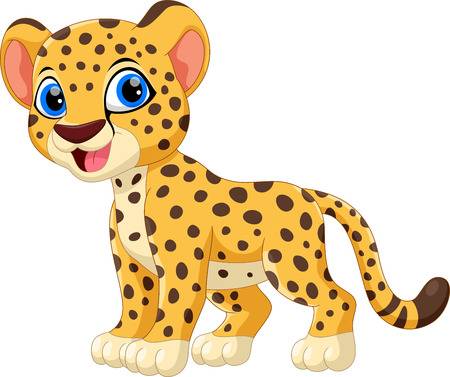
Chases are usually limited to sprints of less than 200–300 metres, however, because the increased physiological activity associated with running creates heat faster than it can be released through evaporative cooling (sweating through their paws and panting). During a chase, cheetahs take about 3 1/ 2 strides per second and 60 to 150 breaths per minute.

Internally, the liver, adrenal glands, lungs, bronchi, nasal passages, and heart are all large to allow intense physiological activity. Their legs are proportionally longer than those of other big cats an elongated spine increases stride length at high speeds they have unretractable claws, special paw pads for extra traction, and a long tail for balance. Natural historyĬheetahs have evolved many adaptations that enhance their ability to sprint. Weight ranges from 34 to 54 kg (75 to 119 pounds), males being slightly larger than females. They are about 75 cm tall at the shoulder. Cheetahs have a long, slender body measuring 1.2 metres (4 feet), with a long tail (65–85 cm ) that generally ends in a white tuft. Their faces are distinguished by prominent black lines that curve from the inner corner of each eye to the outer corners of the mouth, like a well-worn trail of inky tears. SpaceNext50 Britannica presents SpaceNext50, From the race to the Moon to space stewardship, we explore a wide range of subjects that feed our curiosity about space!Ĭheetahs are covered almost entirely with small black spots on a background of pale yellow and have a white underbelly.Learn about the major environmental problems facing our planet and what can be done about them! Saving Earth Britannica Presents Earth’s To-Do List for the 21st Century.100 Women Britannica celebrates the centennial of the Nineteenth Amendment, highlighting suffragists and history-making politicians.
#Cheetah clipt art how to
COVID-19 Portal While this global health crisis continues to evolve, it can be useful to look to past pandemics to better understand how to respond today.Student Portal Britannica is the ultimate student resource for key school subjects like history, government, literature, and more.This Time in History In these videos, find out what happened this month (or any month!) in history.#WTFact Videos In #WTFact Britannica shares some of the most bizarre facts we can find.Demystified Videos In Demystified, Britannica has all the answers to your burning questions.Britannica Classics Check out these retro videos from Encyclopedia Britannica’s archives.Britannica Explains In these videos, Britannica explains a variety of topics and answers frequently asked questions.They are a popular attraction at zoos, and are a great way to learn about these incredible animals. They are also very social animals, and enjoy interacting with their keepers and other animals.

They are fed a diet of meat and other foods, and are provided with enrichment activities to keep them active and healthy.Ĭheetahs are intelligent and curious animals, and can be trained to do tricks and perform in shows. In zoos, they are kept in large enclosures with plenty of space to run and play. They are carnivorous animals, and their diet consists of antelopes, gazelles, hares, and other small mammals.Ĭheetahs are an endangered species, and their numbers are declining due to habitat loss, poaching, and human-wildlife conflict. They are solitary animals, and live in small family groups. In the wild, Cheetahs hunt during the day and rest at night. They have a yellow-brown fur coat with black spots, and a long tail with a white tip. Cheetahs have a slender body and long legs, with a distinctive black "tear-mark" running from the corner of their eyes down to the sides of their noses.

It is the fastest land animal on Earth, capable of reaching speeds of up to 75 mph. The Cheetah is a majestic and powerful animal found in the wilds of Africa and parts of the Middle East.


 0 kommentar(er)
0 kommentar(er)
